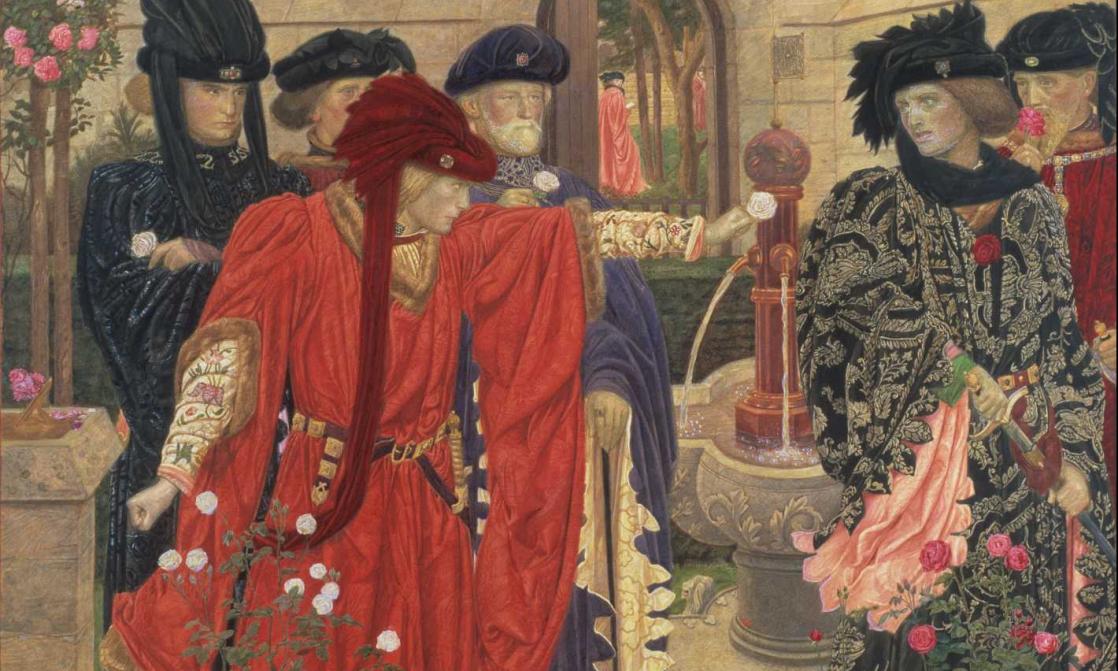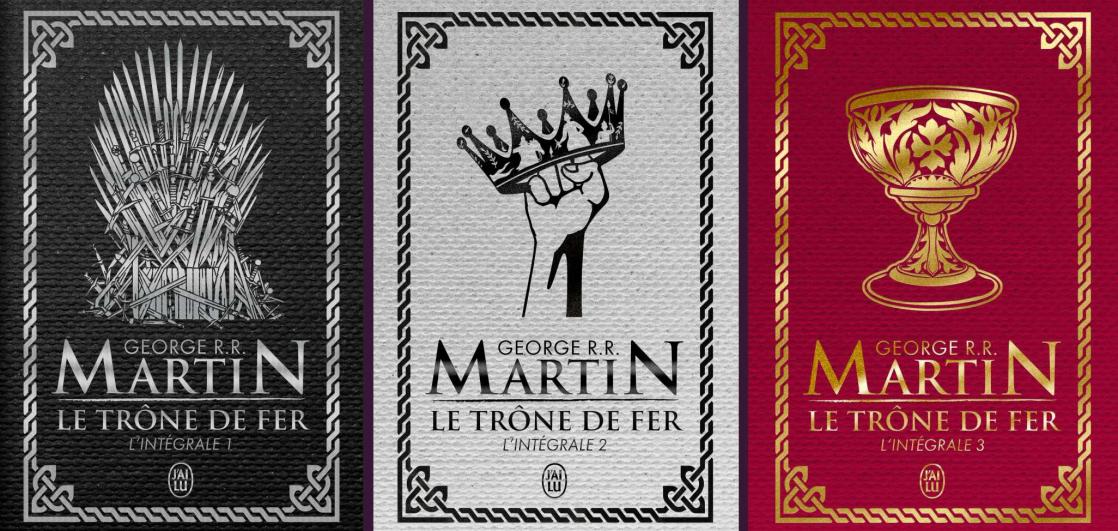George R.R. Martin: The Dark Side of Fantasy
Author of A Song of Ice and Fire, one of the best-known fantasy series, George R.R. Martin is composing an oeuvre that has already achieved cult status. Dark and violent, it is based on processes that are changing the conventions of the genres.
A Hugely Successful, but as yet Unfinished Masterpiece
A Song of Ice and Fire (George R.R. Martin, 1996) was already a best-selling book series before the HBO TV series became a global phenomenon under the name Game of Thrones. The HBO series’ success is all the more remarkable in that the book series isn’t finished yet – only five of the seven planned volumes have been published so far; fans have been eagerly awaiting the sixth for years.
Despite the book cycle’s unfinished state, which forced the TV series to devise its own ending, the world built by G.R.R. Martin is already an essential part of fantasy’s dynamic of expansion in the twenty-first century. Several exciting prequels have already been written, and more are planned, including some as a series.
The original story recounts a long dynastic war war of succession that is tearing the Seven Kingdoms apart. Employing both epic battles and complex political intrigues, several aristocratic families, especially the Starks and the Lannisters, are fighting for control of the continent of Westeros. Meanwhile far to the east, the last heir to the overthrown dynasty of the Targaryens is counting on her dragons to try to take back the throne. An overarching threat looms over the dynastic conflicts, one that is embodied by the White Walkers and their army of the dead who haunt the eerie lands of the far North.
Deconstructing/Recreating/Improving
George R.R. Martin has been inspired in large part by medieval history, most notably the War of the Roses, waged from 1455 to 1485. The Starks and the Lannisters are clearly based on the Yorks and the Lancastrians, via Maurice Druon’s historical-novel series The Accursed Kings (1955-1977).
The author also managed to weave in references borrowed from both ancient and modern history, skillfully blending time frames and worlds. While some sub-plots – like the “poor boy who is actually the son of the king” – are typical of high fantasy, or even more generally of epics, fables and legends, the author generally manages to renew the genre, particularly by systematically deconstructing the cliché of the hero.
In this saga, the main characters are eunuchs, bastards, dwarves, mutilated people, and more. Unlike traditional fantasy, which is often very black and white right from the start, George Martin takes pains to portray morally ambiguous characters who evolve significantly from one volume to the next, making it impossible to identify veritable heroes or anti-heroes. Because of that, main characters are no safer than any others; the frequency with which the author kills off main characters, and more generally, the story’s high level of violence are both the saga’s most striking features and the reason for its success.


